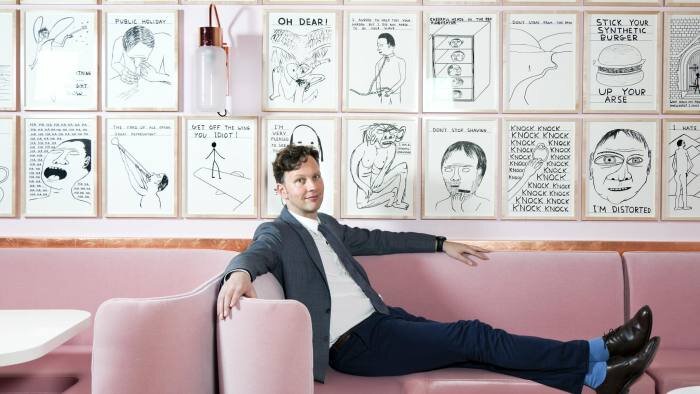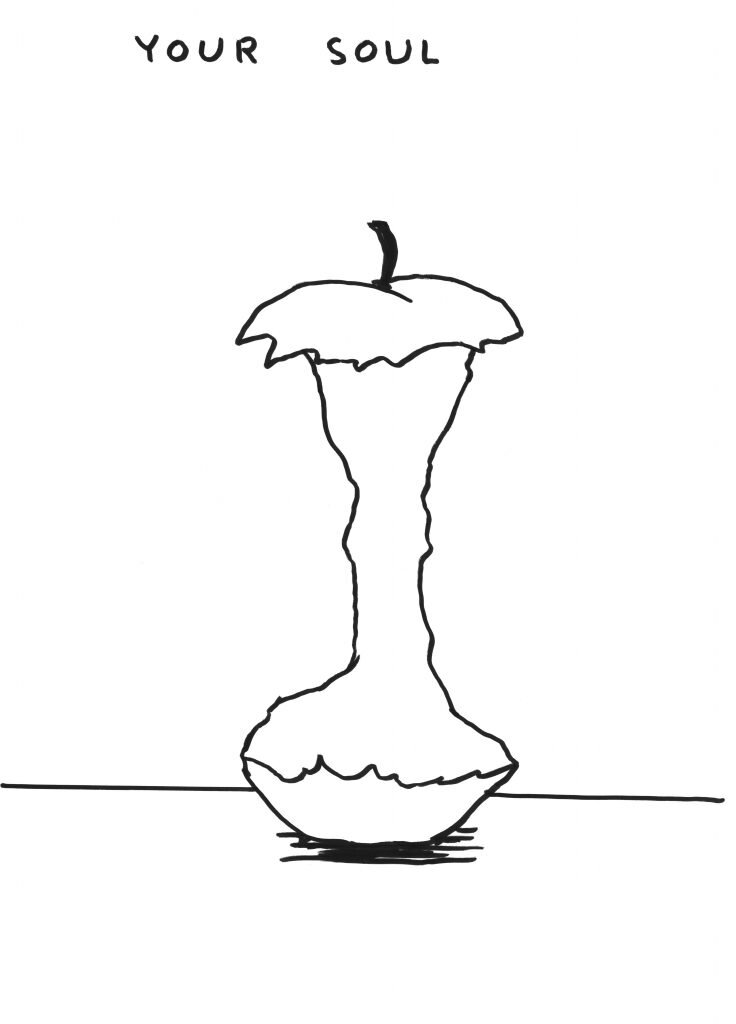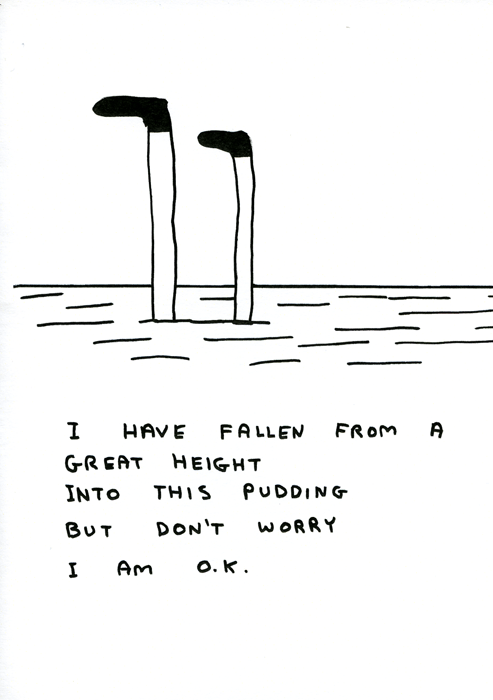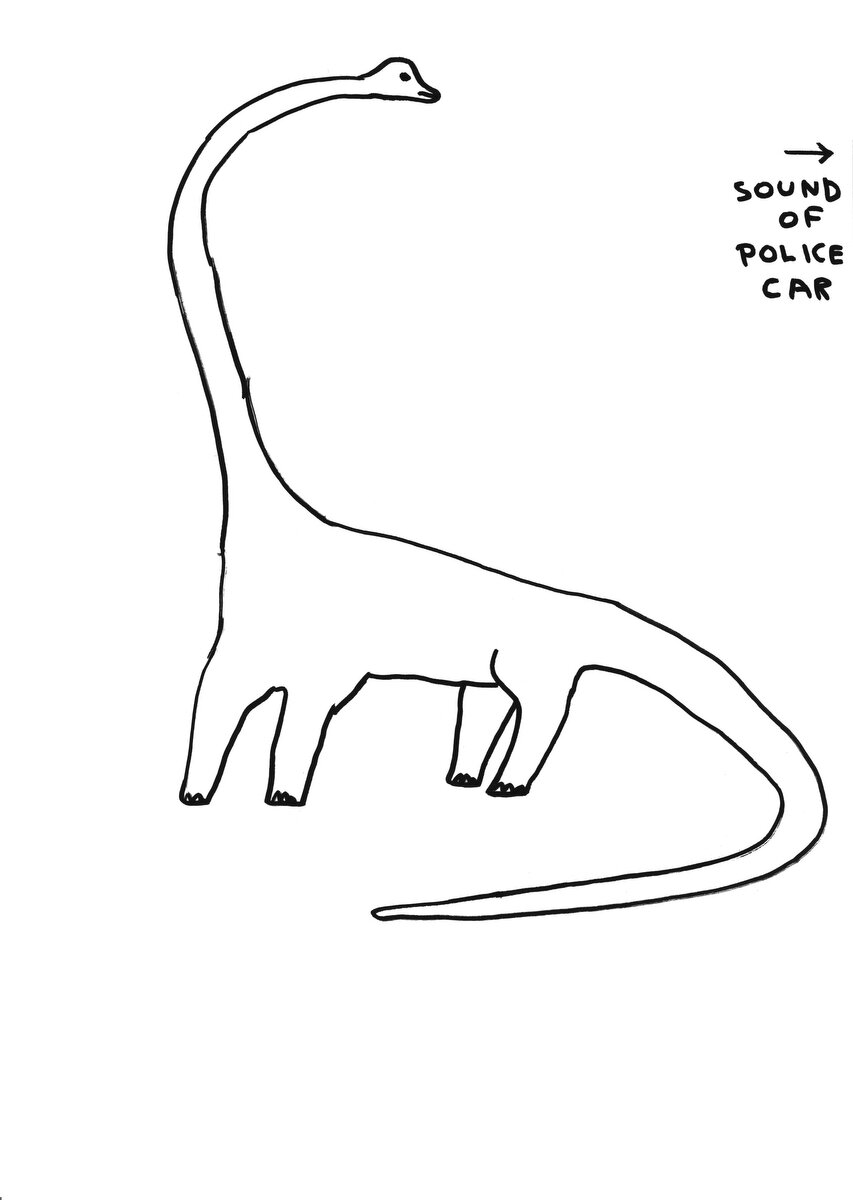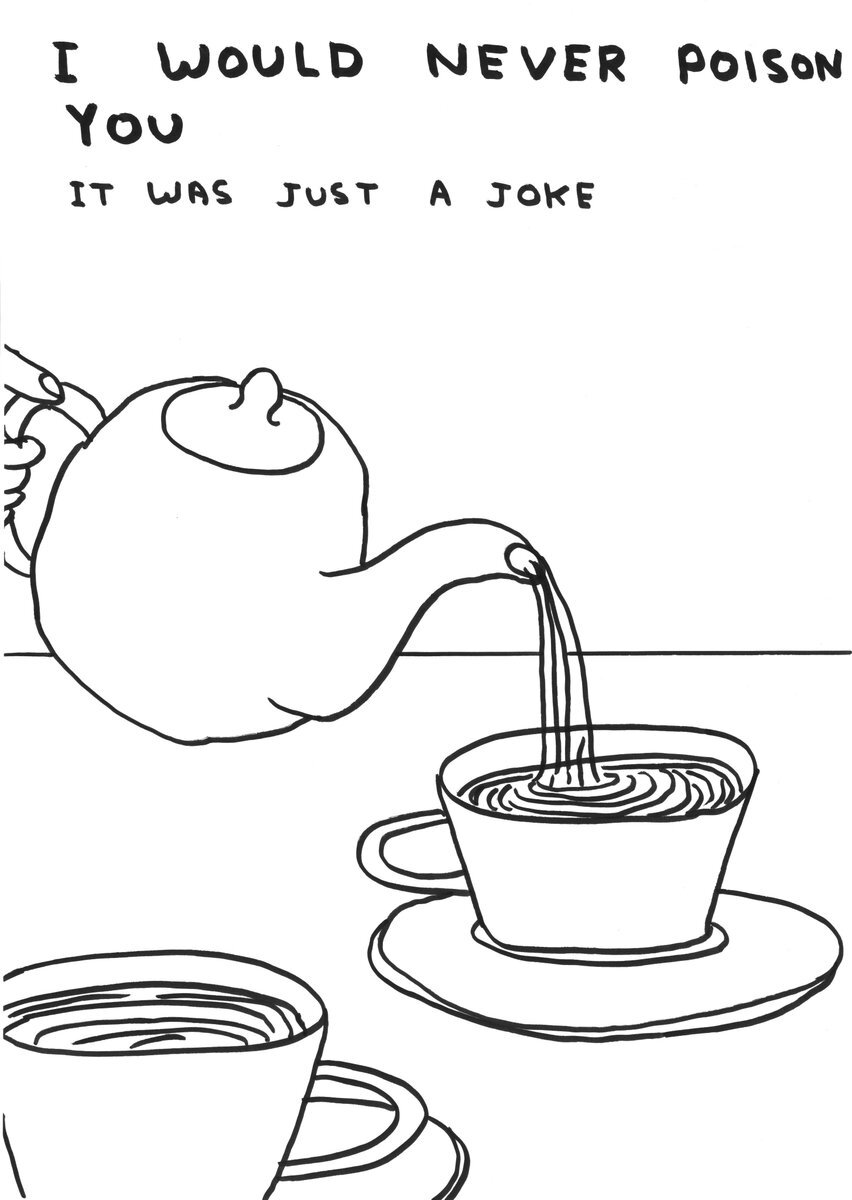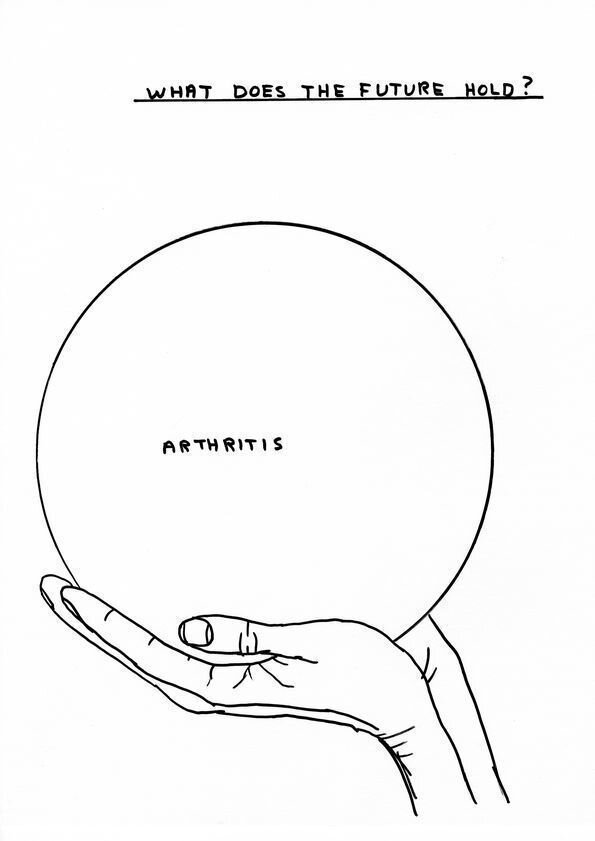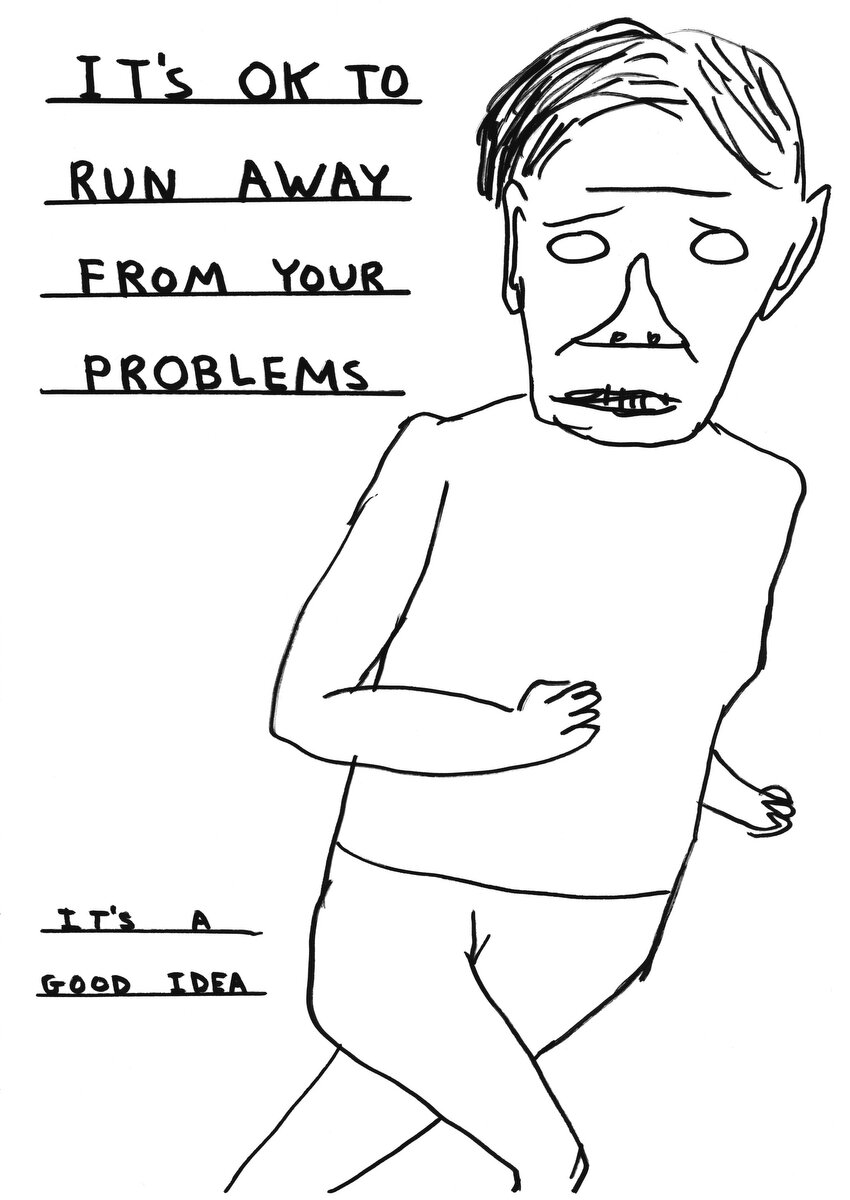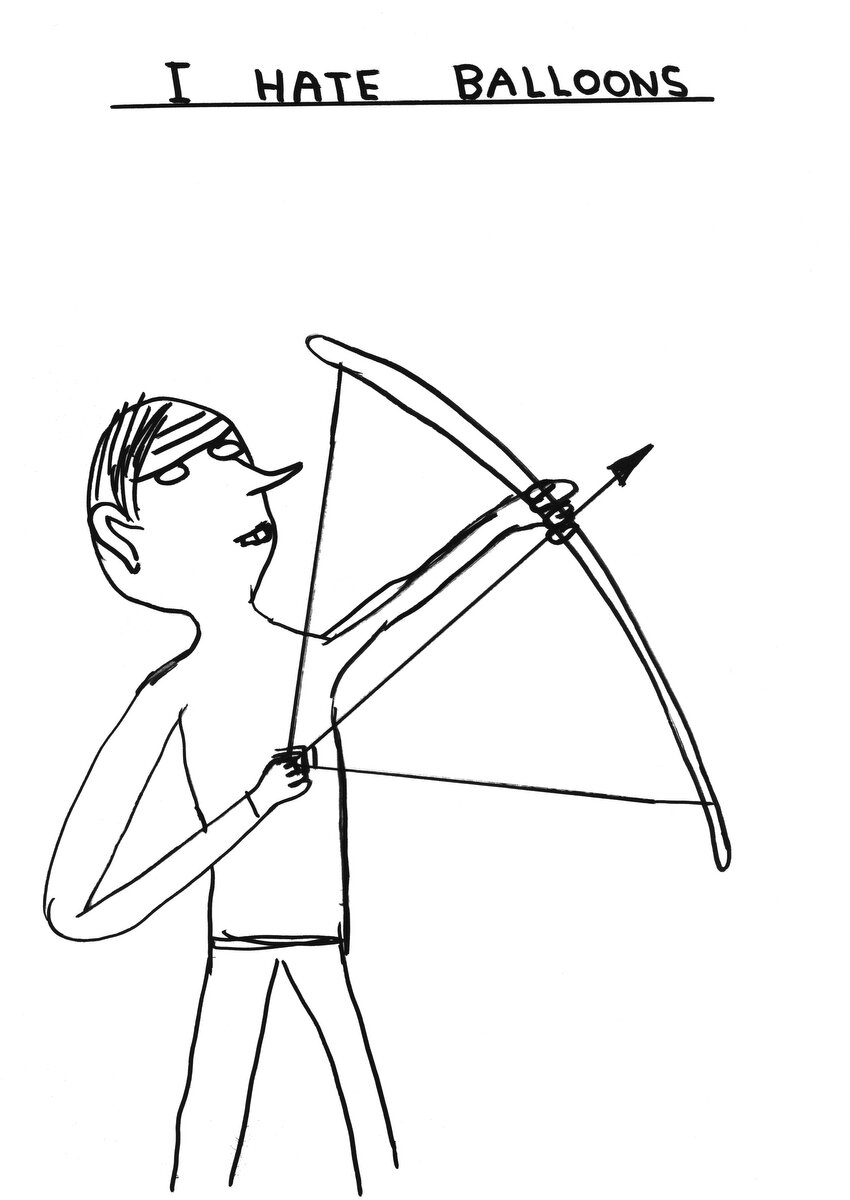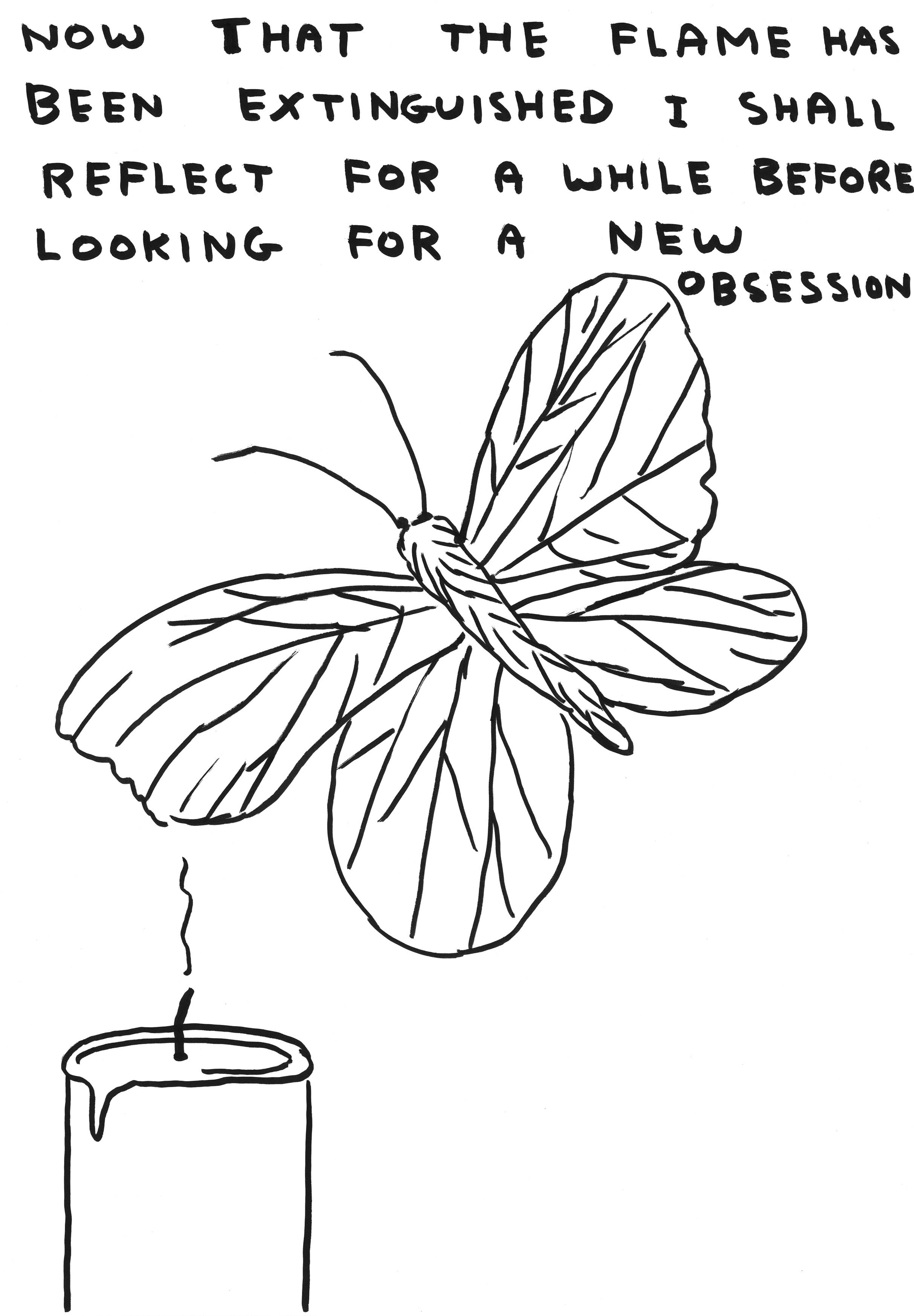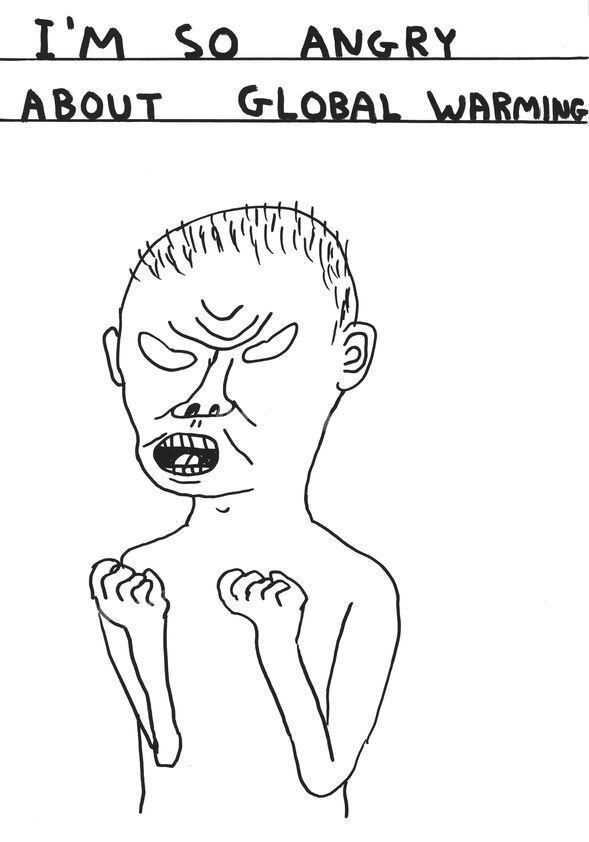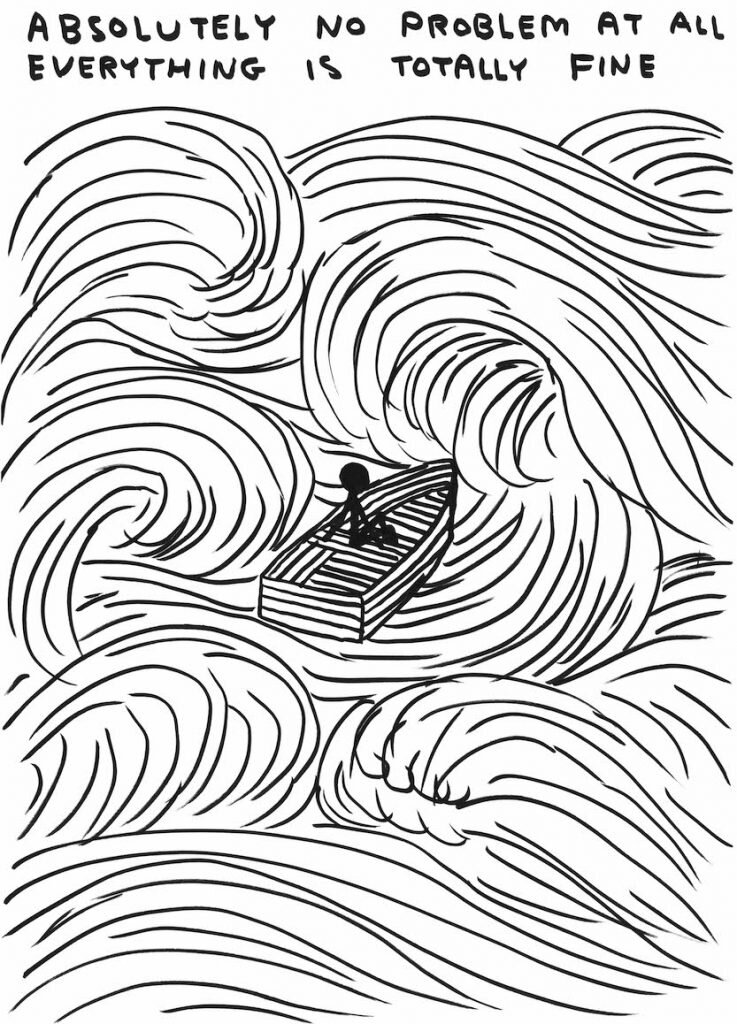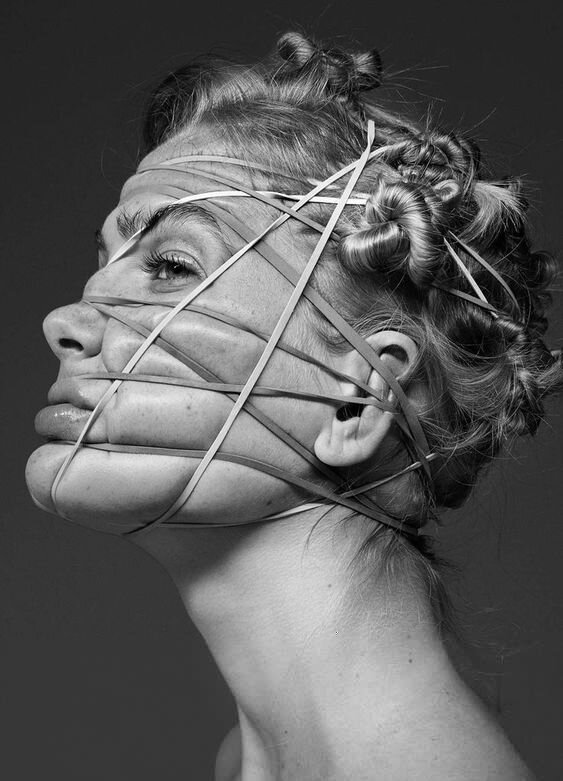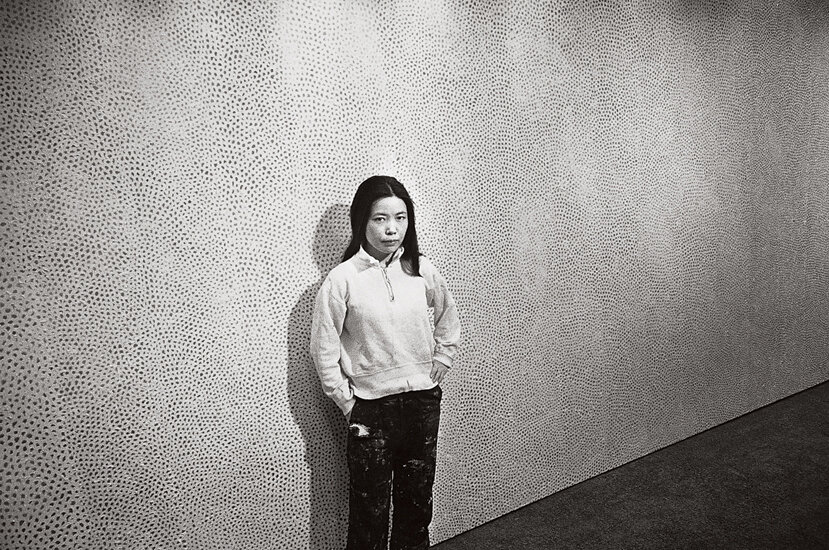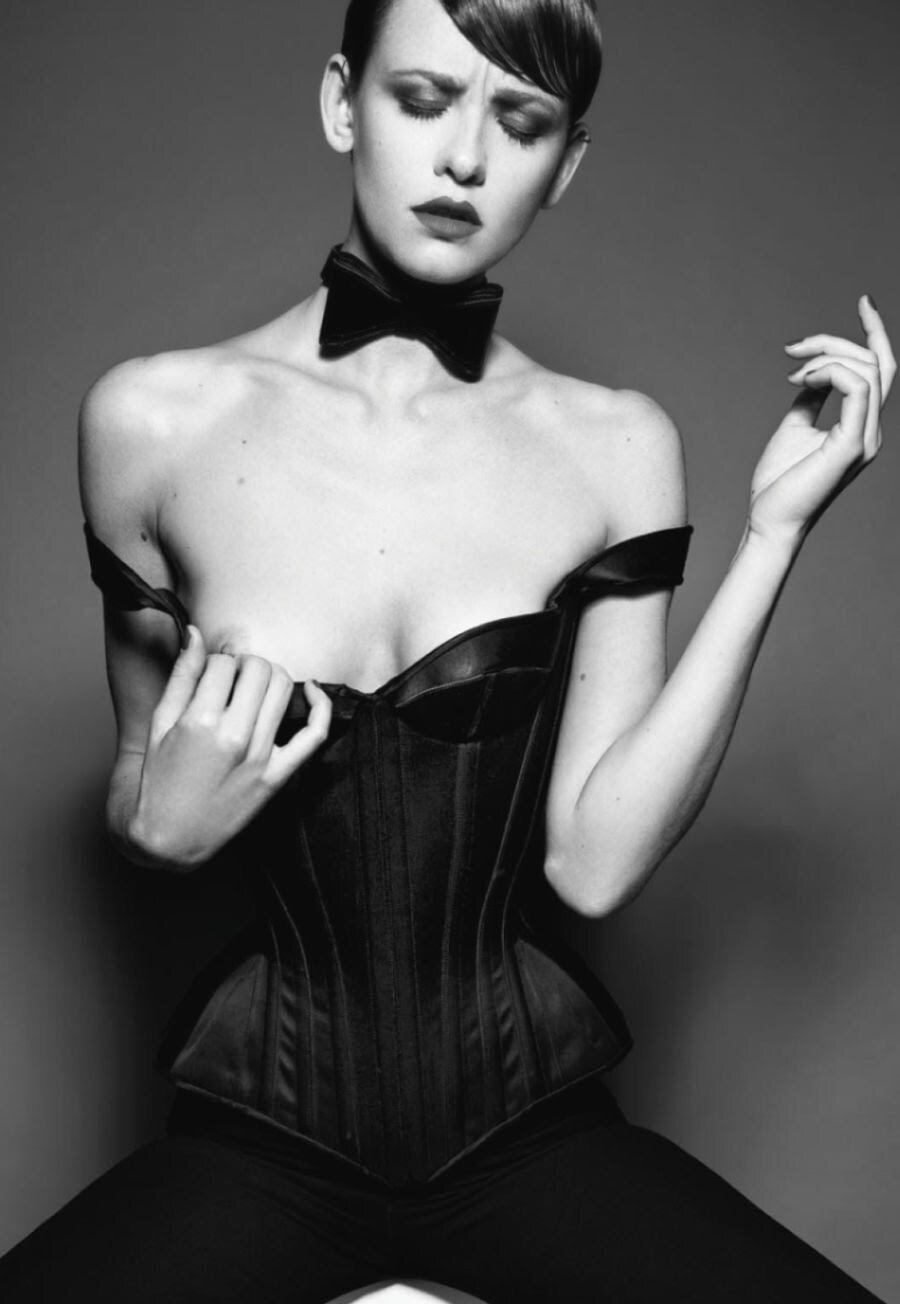Understanding fashion as an industry in it’s entirety + in a way that’s both elegantly chic + brutally intelligent - beyond the obvious glamour + tempting frivolity of fashion’s fast pace excitement - isn’t always a given when it comes to much of the content that’s splashed in front of us in the modern-day world. Fast paced everything has become a concrete theme in our lives + it doesn’t always perform on the same plain as high-end quality. Where the sometimes superficiality or perhaps more aptly put, the flippancy + sometimes self-involved nature of the new-generation FROWers has taken hold; fashion journalists with whom there’s a sense of educated authority aren’t as easily come by today. There’s all that reality. And theres there’s: Suzy Menkes.
Holding court as one of the most prolific fashion authorities in history, Menkes’ current title, since joining the Conde Nast family in 2014, is International Vogue Editor. With an accumulative audience of over 31 million viewers, her articles + written reports for the fashion conglomerate grace the web pages of 21 international Vogue websites which are translated into 15 different languages. To say she has scope would be an understatement.
However, such an empowered position wasn’t Menkes’ initial ambition. She isn’t just a fashion-focused, power-hungry woman but more a person with genuine authenticity + a deep commitment to upholding an excellence in what she does. She prides herself on seeing the bigger picture; life to her is more than prettiness + clothes however important + glamorous the industry deems itself. It’s about igniting a conversation + perhaps not always saying the right thing.
Writing has been a lifelong love of Menkes’ + on her first morning as a student, reading History + English Literature at Newnham College Cambridge, she joined Cambridge’s university newspaper, Varsity, becoming it’s first female editor-in-chief in her third year at the famous university. In 1967, upon graduating she joined The Times of London as a junior reporter which then led her to her first job as a fully-fledged fashion critic, at just 24, under the guidance of Charles Wintour, Anna Wintour’s father + the then editor of the London Evening Standard. It was back at The Times some time later that Mrs. Menkes met her late husband David Spanier. The couple went on to have three sons together.
Prior to her current position at Vogue, Menkes held a respected role as fashion critic at what was then known as the International Herald Tribune - which later of course rebranded as the The International New York Times, for 26 years. Her tenure there saw her build a solid presence in the industry + one that brought her immense regard as both a journalist + celebrity type within it’s inner circles. Throughout everything, her views on fashion itself has remained the same since starting out, of which she says 'It isn’t good because you like it; you like it because it’s good.'
In light of the truth over popularity, a good journalist must possess the ability to not hold back in their critical views + possess a confidence to share a decisively cultured opinion of a show or collection, despite the natural fear, + sometimes inevitable reality, of loosing popularity among fashion’s elite. Known for her truthful + independent views alongside a very strong personal principle, Menkes does not accept freebies or gifts from anyone. In the fashion world, people of influence receive a lot of free products from brands + designers. Editors, contributors, bloggers + anyone that a brand sees as a way to get their product out there. It is a practice that’s been around long before this current era of bloggers who openly chat about the array of beauty products + new outfits they’ve been sent though. It’s nothing new. Magazines + most print publications have been doing it for years in a different guise. What they share in terms of product shopping pages is all tied back to which brands are advertising the most that month + which they perhaps need to get more commitment from in terms of double-page spreads. The reality of what we’re seeing IS influenced by the bigger brands + those able to pay their way to a place in front of our eyes. But you won’t see Mrs. Menkes accepting any of this. Her distinct style of critical journalism remains firmly in tact + with serious respect, she’s never sold out in order to better her opportunities or her pocket. If she thinks something is good it’s for good reason + not just because she herself thinks it’s ‘nice’ or that she was simply ‘gifted’ it. Her opinion, you can be assured when reading any of her show reviews which come out one after the other during fashion month - isn’t a business deal, it’s both educated + deeply informed, never of the minute or of personal preference.
Another massive contribution Suzy Menkes has made to fashion is in hosting a yearly luxury summit, known as the Conde Nast International Luxury Conference. The prestigious meeting celebrates + challenges the global luxury market bringing together well known names + newer, more innovative disruptors making their way into the luxury sphere. Mrs. Menkes has hosted it annually since it’s inauguration in 2015, taking in a new stylish city each year, from Florence to Seoul, Muscat to Lisbon + Cape Town. This year’s meeting is currently postponed but will be held in Vienna, Austria taking in topics around the opportunity for the luxury market as a result of the social + economical evolution in Central + Eastern Europe. You can watch an array of the conversations + topics in the CNIluxury’s Conference Library HERE.
Menkes has also recently launched her own podcast, Creative Conversations with Suzy Menkes which is available on most podcast platforms. Her first conversation is with Dior’s Creative Director Femme, Maria Grazia Chiuri with whom she discusses the reality of being the first woman to lead the brand, feminism, Couture, design inspiration + growing up in a fashion family. Click her to find out more..
When it comes to such a perceptive + insightful journalistic approach to fashion + the luxury market, Suzy Menkes commands her place in the industry as the epitome of class, authority + mastery. Never too far with her impeccable eye + wit, we hope to enjoy her intelligent + unforgivingly impartial words of wisdom for years to come.

